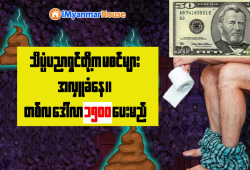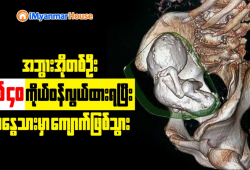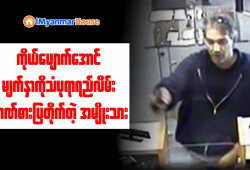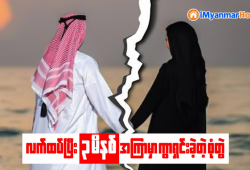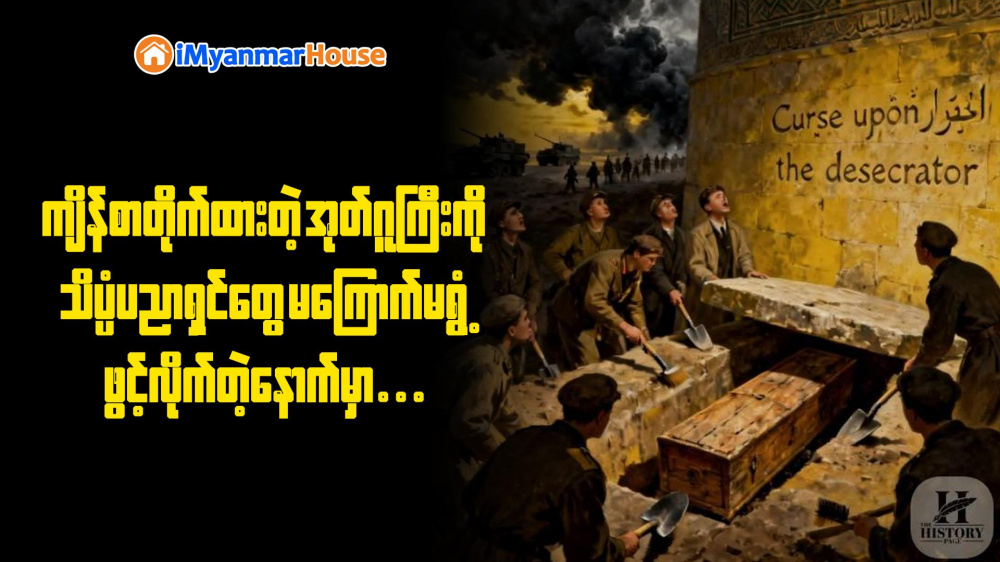
Foreign Property News | Posted by Aye Myat Thu
Eight decades ago, in Samarkand, Uzbekistan, a team of Soviet scientists descended into a dark, dank crypt, the first visitors in more than half a millennium to breathe the chamber’s stale air and disturb centuries of accumulated dust. An unease settled upon the group as they began their work beneath the low, claustrophobia-inducing ceilings. They’d come to this far-flung Central Asian outpost on a macabre mission — to retrieve the skull of Timur the Conqueror.
Genghis Khan died in 1227, and Timur was born in 1336, over a century later.
Timur, in the mold of his predecessor Chinggis Khan, built through siege and savagery one of the largest land empires in history — a realm that stretched from Western China to the shores of the Eastern Mediterranean.
It is estimated that his conquests in the late 14th and early 15th centuries resulted in the deaths of over 17 million people — 5% of the world’s population at the time.
The Soviet team arrived in Samarkand to protestations from local imams, to whom the desecration of a grave was an Islamic taboo. The city’s religious leaders warned the Soviets of curses.
But the Soviets considered themselves men of reason, men of science. They were state-sanctioned atheists with little time for ancient superstitions, legends of curses, or religious taboos.
The expedition was led by Mikhail Gerasimov, a forensic anthropologist.
and surrounded by a menagerie of academics — archeologists, anthropologists, architects, historians, cinematographers, photographers, an imam, and even a poet — each breathless with morbid anticipation as they prepared for the opening of Timur’s casket.
Its interior a bedazzlement of gold leaf, lapis lazuli, jade, marble, and onyx.
(The Gur-e-Amir, a breathtakingly-adorned mausoleum in Samarkand, Uzbekistan, is the resting place for Timur the Conqueror.)
Nails were removed from the coffin’s lid.A sharp, sickly aroma bloomed from the wooden box, filling the crowded, confined space with the musty scent of resin, camphor, rose, and frankincense, all used to embalm the Central Asian emperor. The date was June 20, 1941.
1.jpg)
(anthropologist Mihail Gerasimov remove a skull from the ancient conqueror’s grave. Photo: E.A. Poliakov / Russian State Photo and Film Archive.)
Little heed had been paid to the dozens of lines of florid Arabic inscriptions on Timur’s tomb and coffin.
“Whosoever disturbs my grave,” the inscription read, “shall unleash a conqueror greater than I.”
Before dawn on June 22, 1941, when Adolph Hitler broke his non-aggression pact with Stalin and launched Operation Barbarossa.
Even as the land and skies of Ukraine and Belarus swarmed with Nazi soldiers, tanks, and planes, Stalin dithered, gripped by an inexplicable disbelief.
Hitler’s code name for the assault — Barbarossa — was Italian for “red beard,”
Reburial: In November 1942, Timur's remains were ceremonially reburied with full Muslim honors.
Battle of Stalingrad: The reburial coincided with the Battle of Stalingrad, where Soviet troops launched a counter-attack, marking a major turning point in the war. This coincidence further fueled the legend of the curse.
Ref: The Curse of Timur
